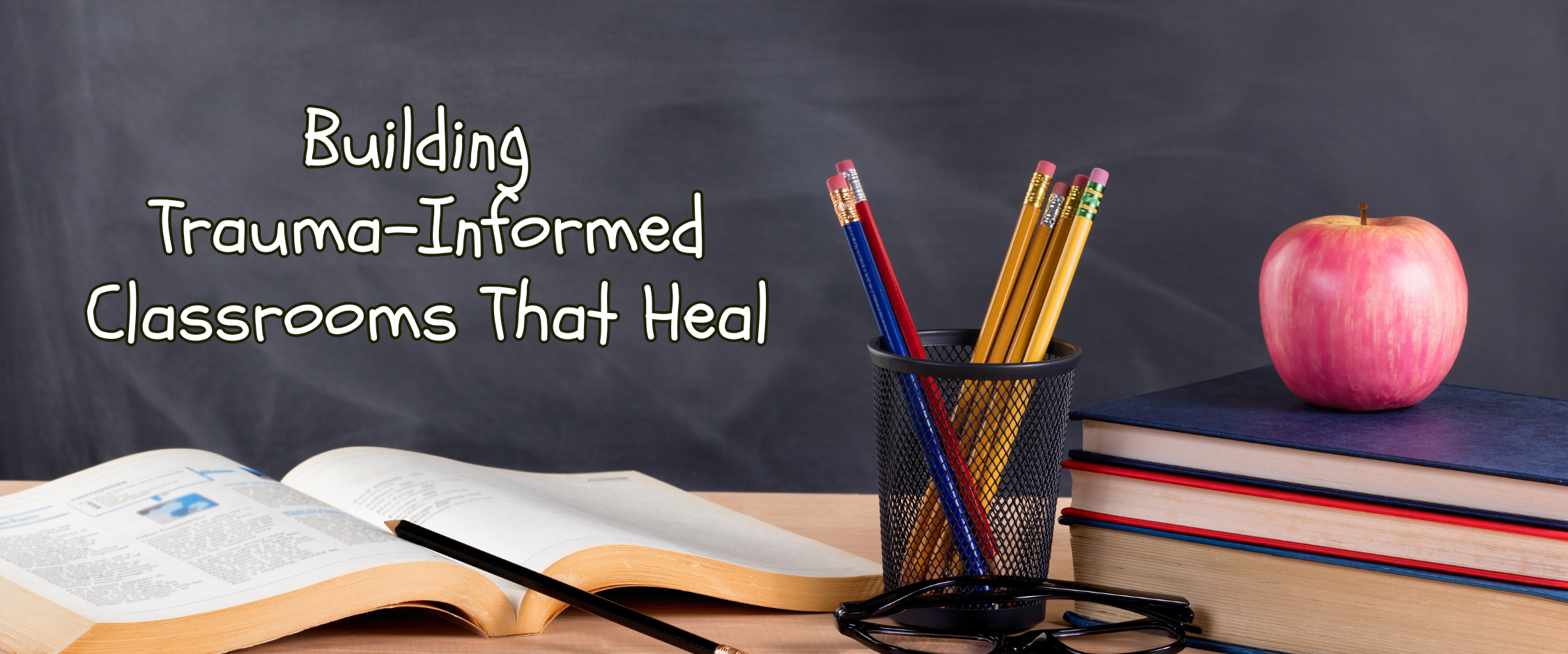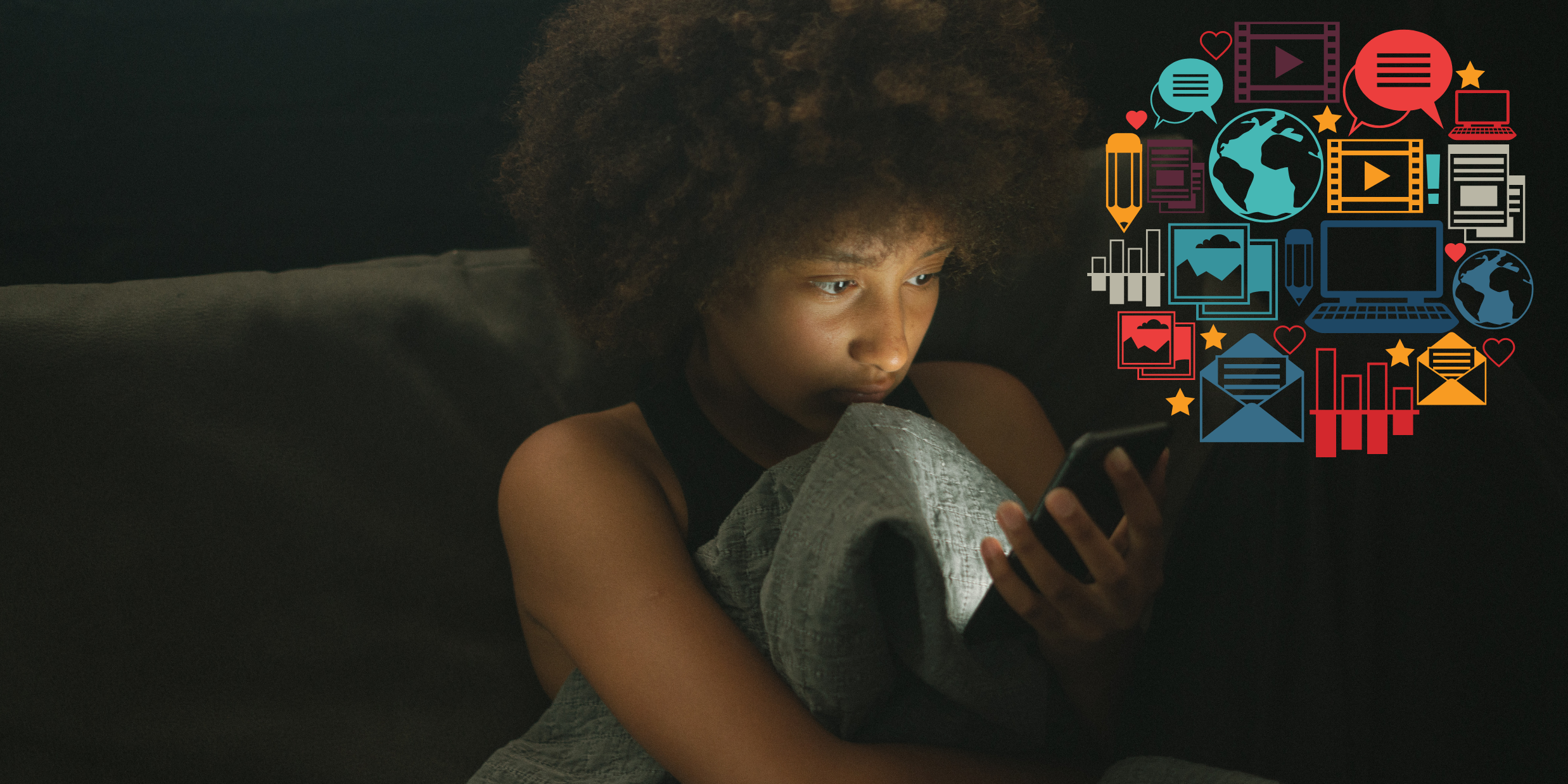In recent years, mental health awareness has exploded across social media platforms. From TikTok therapists to Instagram influencers posting about self-diagnosis, anxiety hacks, and “healing” routines, it’s never been easier to access mental health information. While this growing visibility has helped reduce stigma and sparked meaningful conversations, it has also created confusion, misinformation, and oversimplified solutions.
So how do we balance the helpful with the harmful? Let’s unpack the impact of social media on mental health—and the risks of consuming therapy content without full context.

The Good: Visibility, Validation & Starting the Conversation
There’s no denying that platforms like Instagram, YouTube, and TikTok have:
- Made mental health conversations more mainstream
- Given voice to underrepresented communities and experiences
- Offered validation for people who have felt alone in their struggles
- Encouraged younger generations to be emotionally open
- Created space for psychoeducation, when shared by trained professionals
For many, seeing someone post “You’re not lazy, you’re overwhelmed” or “You might have anxiety if…” can feel deeply affirming. These quick posts often serve as a starting point, prompting people to seek therapy or learn more about their emotional well-being.
The Caution: Social Media ≠ Therapy
While validation is important, the reality is this: therapy is not a 30-second video. Social media mental health content—especially when coming from influencers rather than licensed professionals—can lead to:
1. Self-Diagnosis Without Assessment
Swipe-based checklists for ADHD, anxiety, trauma, or depression can be misleading. Complex clinical conditions require professional evaluation, and over-identifying with symptoms can create unnecessary anxiety—or lead to missed diagnoses.
2. Oversimplified Coping Strategies
Breathing exercises and grounding tips are helpful tools—but they are not substitutes for personalized, structured therapy, especially for those dealing with trauma, grief, or chronic mental illness.
3. One-Size-Fits-All Advice
Social media doesn’t account for your individual history, culture, environment, or co-occurring issues. Advice that works for one person may not be safe or realistic for another.
4. The Illusion of Healing
Trendy “self-care” content often equates healing with bubble baths, solo vacations, or journaling prompts. While helpful, true emotional growth requires accountability, discomfort, and often professional support—not just aesthetic practices.

What to Watch For
If you’re getting mental health info online, keep this checklist in mind:
- Is the content coming from a licensed professional?
- Are disclaimers included? (e.g., “This is not a substitute for therapy”)
- Does it encourage you to seek support, or claim to “fix” you?
- Does it respect cultural, financial, and accessibility barriers?
- Are symptoms or diagnoses being used as entertainment or trends?
What You Can Do Instead
- Follow verified mental health professionals who are trained and credentialed
- Use online content as a conversation starter, not a conclusion
- Seek therapy or support groups if you’re struggling—many are available virtually
- Be cautious with labeling yourself or others based on what you see online
- Take breaks from social media when comparison or overload starts to affect your mood
Final Thoughts
Social media has opened the door to important mental health conversations—but it’s up to us to walk through that door with care, discernment, and boundaries. Therapy is powerful. Validation is healing. But context matters.
If you’re feeling overwhelmed, confused, or unsure of your emotional health, you deserve more than a post—you deserve real support.
Ready to take the next step?
Our licensed clinicians offer virtual sessions designed to meet you where you are—with understanding, strategy, and compassion.
Book a consultation today.



